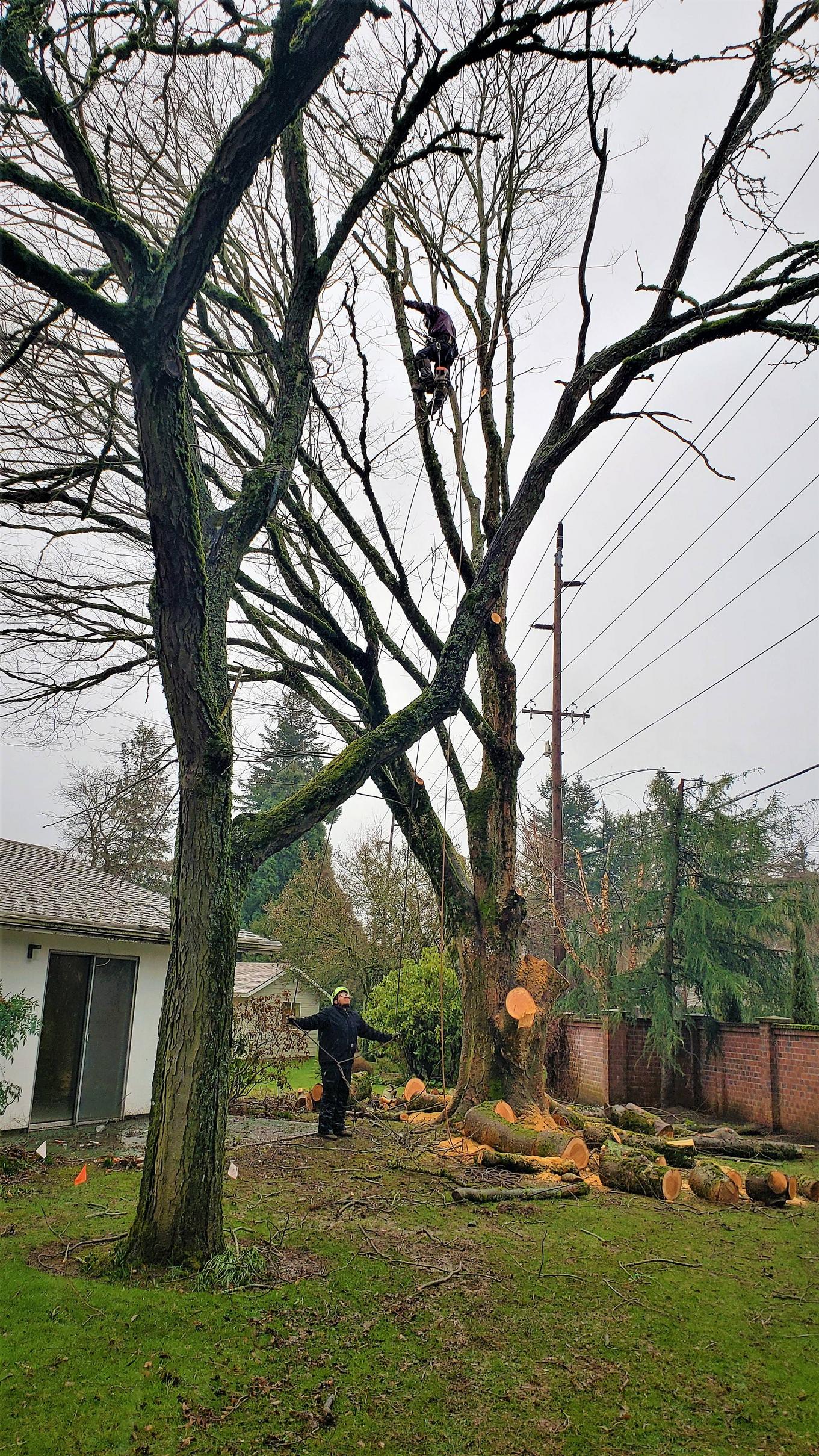Tree Pruning Tips
[ad_1]
Whether you are looking to prune your trees for aesthetics, health, or safety reasons, there are a few steps you should take to make sure your trees are being cared for properly. These tips include selecting the right tree pruning technique, thinning, and raising.
Selective pruning
Performing selective tree pruning is a great way to improve the health of your trees. It also can enhance the appearance of your property. This type of pruning can remove branches that are obstructing your view. It can also help increase fruit production and flower production.
Selective tree pruning involves cutting branches of specific sizes and types. It can be used to remove branches that are growing over your house, over your buildings or over power lines. It can also improve the sight visibility when entering your driveway.
Selective tree pruning can also be used to make your trees more disease resistant. It can help to remove dead and diseased branches, and increase air circulation. It can also increase the amount of sunlight that can reach the tree canopy. It can also promote new growth.
Selective tree pruning can also help to increase the lifespan of your tree. It can remove dead and diseased branches, and promote new growth. It can also improve the shape and structure of the tree. This type of pruning can also help to reduce the risk of falling branches.
Thinning
Using a Certified Arborist to perform your tree pruning tasks is the safest way to go. Not only are they a wealth of knowledge, they’ll know the best way to go about doing the job. They’re also the best people to talk to about the latest and greatest in the horticultural space. So, if you’re interested in making your property the envy of your friends and neighbors, the best way to go about it is to enlist the services of a competent and certified tree expert. They’ll take the headache out of pruning your trees, leaving you free to get on with your day to day. And with a proper tagging and pruning job, you’ll be able to enjoy the fruits of your labor in no time.
If you’re looking to perform a spruce up on your property, a Certified Arborist can help you do the heavy lifting while you get on with your day to day.
Raising
Increasing the height of a tree is a common practice for tree pruning clients on the Sydney North Shore. In addition to the aesthetic benefit, this practice can also help clear traffic and provide clearance for buildings and vehicles.
To raise a tree’s canopy, you will need a power saw and a ladder. You also will need pruning gloves and work shoes. You will also need to determine where the lowest branches are located.
There are four main types of pruning techniques: crown thinning, crown lifting, canopy raising, and removing the lower branches. Each of these methods has its own benefits and drawbacks.
The most common form of tree pruning is canopy raising. This method involves pruning the lower branches of a tree to a height appropriate for clearance. This allows for better air movement, increased sunlight penetration, and a broader canopy. It can also improve the health of nearby plants.
The process should be done gradually over a period of time. The ratio of live branches to dead ones should be at least 60%.
Reducing
Using removal cuts to remove branches that are damaged or dead can keep trees from rotting and putting people and property at risk. Trees may also need pruning for safety, to prevent disease spread, and to improve the overall look of the tree. Trees can also be pruned to keep from growing into powerlines, buildings, or vehicles.
There are four types of tree pruning: crown reduction, removal, heading, and thinning. Each one has a specific purpose. Reducing is typically used for safety reasons, as it can keep a tree from growing too large. It can also keep a tree from breaking during a storm. It also can take stress off of poorly attached branches. Crown reduction is most often used on mature trees.
Crown reduction is a procedure that involves cutting back about 20 percent of the branches in a tree. The result is a smaller tree. The process is best performed on mature trees, though it can be done annually or every two years.
[ad_2]

